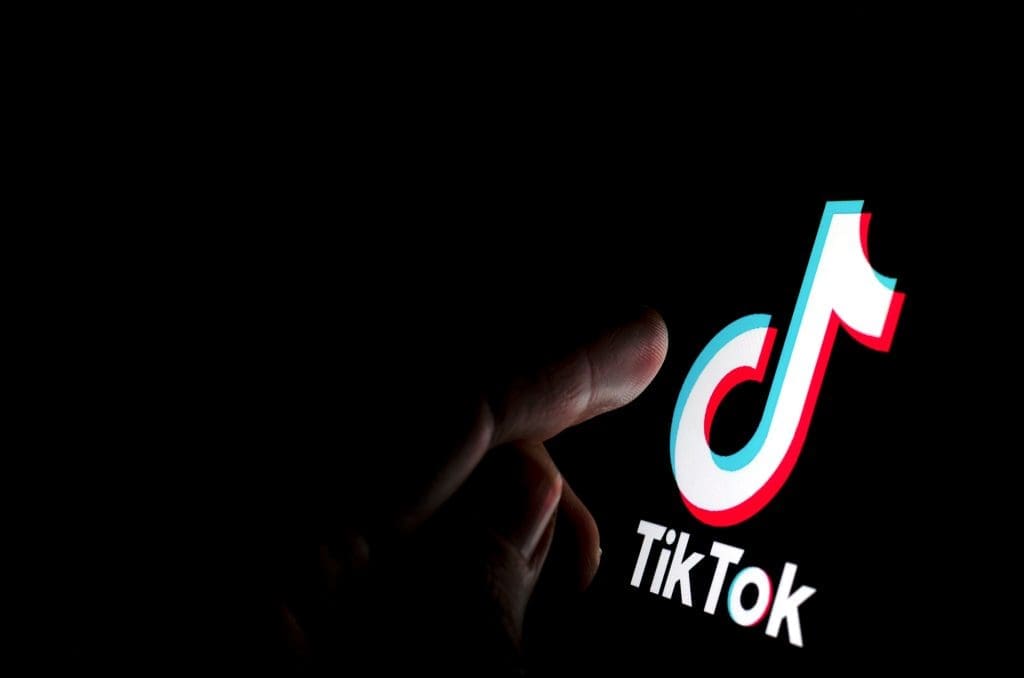Why TikTok Is the New Reputation Risk (Even if You’re Not on It)

TikTok has rapidly become a cultural force, engaging millions through short-form videos and viral trends. But its rise also presents growing concerns for companies, executives, parents, and individuals alike. From reputational damage to privacy concerns and addiction risks, the platform demands closer attention from those invested in managing reputational risk across various industries.
What is TikTok?
TikTok is a video-sharing platform owned by the Chinese company ByteDance. Launched in 2016, the app allows users to create and share short videos, often with music, humor, or commentary. It has become a key factor in digital engagement, especially among Gen Z and Millennials.
Why is TikTok Popular?
TikTok’s unique algorithm delivers highly personalized content, keeping users engaged through endless scrolling and relatable content. Unlike other platforms that rely heavily on follower count, TikTok gives all users a chance to go viral. This business model supports constant content consumption, drives platform growth, and introduces potential reputational risks.
Who Uses TikTok?
TikTok’s core user base includes Gen Z and younger Millennials—this demographic values relatability, community, and creativity. However, excessive use has been linked to mental health concerns, such as anxiety and depression, for companies in the financial services industry, gas and oil companies, and other sectors where public image and operating efficiency matter, engagement with platforms like TikTok can create reputational risk if not properly managed.
What Makes TikTok Different?
TikTok stands out for its short video format, rapid content distribution, and engagement-based visibility. Its algorithm promotes content based on interaction—not status—making it both powerful and unpredictable. While this increases market reach, it can also quickly amplify negative messages, poor-quality goods, or brand missteps.
Reputational Risk and TikTok
Risk arises when primarily user-generated content adversely affects a company’s reputation. This may include:
- Negative feedback or negative publicity from viral videos
- Inappropriate content involving employees or partners
- Leaked sensitive information or customer data
For example, a bank or financial institution may face backlash if a viral video questions its compliance or services. Similarly, oil companies must be cautious of how users portray their environmental practices. These are not isolated incidents but indicators of a larger reputational risk management challenge.
Potential Reputational Risks of TikTok
- Privacy concerns: TikTok collects extensive user data, raising flags among regulators, investors, and companies handling sensitive customer information.
- Cyberbullying: Brands associated with harmful or offensive content may face criticism or even boycotts.
- Addiction and mental health: Associations with negative public opinion about social media’s effects can erode trust among consumers.
- Search engine visibility: Viral videos can quickly surface in search results, influencing how stakeholders perceive a company or executive.
How TikTok Impacts Business and Professional Reputation
Videos on TikTok can easily create reputational risk for both individuals and businesses. Examples include:
- Employees posting controversial content that misaligns with company values
- Business partners or clients referencing your brand in ways that spark negative press
- Poorly managed brand challenges resulting in negative messages or memes
Reputational damage may affect a company’s image, shareholder value, revenue, and projected financial condition.
Managing Reputational Risk on TikTok
Organizations must actively manage reputational risk by:
- Forming a reputational risk committee to monitor social media and assess threats
- Training other employees and company leadership on social media conduct
- Monitoring content to identify potential damage early
- Establishing content guidelines that reflect stakeholder expectations
Stakeholders expect transparency, responsibility, and swift corrective action. Failure to meet these expectations can erode trust and impact long-term investments and market value.
Risk Management Strategies
- Be proactive: Don’t wait for negative press to act. Track mentions across platforms.
- Set clear boundaries: Employees should understand the reputational risk of engaging with controversial trends.
- Limit exposure: Adjust privacy settings and content controls where possible.
- Review regularly: Analyze your brand’s social presence in your annual report.
TikTok and Industry-Specific Risk
- Financial services industry: A misstep on TikTok can raise compliance concerns and questions about data security.
- Gas and oil companies: Environmental controversies often gain traction, making reputation a constant vulnerability.
- Retail and consumer brands: Poor production quality or customer complaints can escalate rapidly.
These industries must navigate stakeholder expectations while aligning digital activity with core values and risk management goals.
Parents and Online Safety
Parents also play a primary role in minimizing reputational risk for their children. Encouraging open dialogue, setting usage limits, and educating on content responsibility are crucial steps. The consequences of negative publicity or harmful exposure can follow minors well into adulthood, affecting education, career opportunities, and public image.
Conclusion
TikTok presents both opportunity and risk. The platform requires careful navigation for individuals and organizations to avoid reputational damage and preserve stakeholder trust. By understanding how reputational risk can arise—and actively taking steps to manage it—companies, parents, and professionals can minimize it while meeting stakeholder expectations and protecting long-term value.
From financial services to oil companies, the need for reputational risk management on platforms like TikTok is no longer optional. It’s key to safeguarding your brand, leadership, and future.
